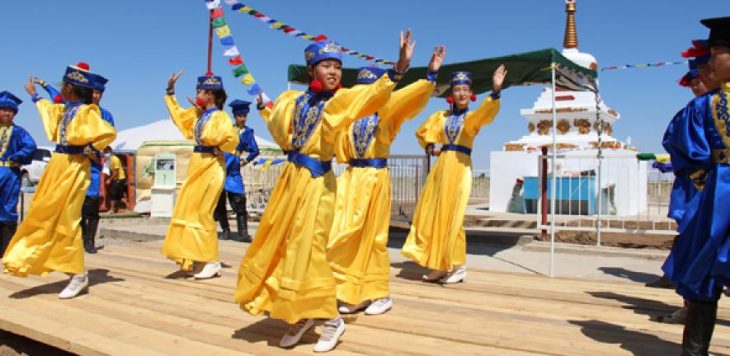
Word of the Day: Rubricate
Today’s word of the day, thanks to the Word of the Day app from Aurora Technologies, is rubricate, a verb meaning to “mark or color with red.” The app says that the origin of rubricate is Latin rūbrīca, meaning “red ocher,” which is also the origin of the English word rubric, which means “’any established mode of conduct or procedure.’ The shift in definition here is because rubric originally referred in English to a title or heading in a book that was written in red for easy distinction from the rest of the text (in black), and red ocher was ground to produce the pigment once used in red ink.” The app says that the word first appeared in English in 1560.
The dictionary.com website includes a second definition: “to furnish with or regulate by rubrics.” Interestingly, etymonline.com does not have the word rubricate at all.
If, like me, you have spent your entire life in higher education, you are probably quite familiar with rubrics even though you did not even realize that you were rubricating your assignments over the last twenty or so years. For those unfamiliar, American colleges and universities have moved into the twenty-first century be adopting Learning Management Systems, like Canvas or Blackboard, to “help” in the teaching of our classes. In conjunction with these LMS platforms, faculty are strongly encouraged to develop rubrics for the grading of students’ work. These rubrics give a patina of absolute objectivity to what remains a partially subjective process, at least when it comes to grading writing assignments.
There is a certain irony in all this. For a while, at least, I could hear from the schools of education the suggestion that we, especially in English (or “language arts”) stop using red pens to grade papers. Students, they said, find red to be aggressive or alarming; we should use gentler colors like turquoise or fuchsia. Then, at the same time, that are insisting that we have a rubric for our assignments, and we now know that rubric comes from a word that means to color something with red.
On this date in 1943, the government of the Soviet Union accused the Kalmyks of collaborating with the Nazis and exiled them to parts of central Russia and Siberia. Overnight, they packed the entire Kalmyk community into unheated cattle cars and sent them east. One estimate says that about 15% of the people died during the trip.
The Kalmyks are a small ethnic group that migrated into Russia from Mongolia. According to Wikipedia, they are the only Buddhist ethnic group that live primarily in Europe. There are probably fewer than 200,000 of them worldwide, and most of them live in Russia.
In 1920, after the Russian Revolution, the Soviet Union established the Kalmyk Autonomous Oblast, which later became the Kalmyk Autonomous Soviet Socialist Republic. This time as an oblast (an administrative division corresponding to an autonomous province) or republic was not a happy one for the Kalmyks. In 1922 there was a famine, and over 70,000 Kalmyks died. The Kalmyks revolted, unsuccessfully, against the Soviet Union in 1926, 1930, and 1942-43. In 1927, after the first revolt, 20,000 Kalmyks were deported to the northwest of the USSR. In 1929, Stalin ordered the collectivization of Kalmyk life, which meant that those Kalmyks who historically led a nomadic life were forced to live in villages. Kalmyks who owned a lot of cattle were sent to Siberia.
Then came World War II, and the Nazis took over part of the Kalmyk ASSR. After the Red Army retook it, Stalin accused all of the Kalmyk people of collaboration, the deportation happened. In 1957, Khrushchev allowed the Kalmy people to return to their homeland, but it was not the same. Russians and Ukrainians had settled in the land, and many of them refused to leave. But since 1992 and the end of the Soviet Union, the population has recovered to the level it had been 120 years ago.
There are many tragic tales like this one in the history of humankind. We are familiar with the Holocaust, and some are familiar with the attempted genocide of the Armenians, and we are familiar with the deaths of the indigenous people of the Americas and Australia. But the story of the Kalmyks also deserves to be heard. Many Americans seem to have come to the belief that capitalism is the great evil in the world, but evil can exist within other systems as well, including socialist systems like that in the former USSR.
Indeed, one might even say that the Kalmyks suffered rubrication.
Today’s image comes from a webpage called “Creating a shared resource for the endangered culture of the Kalmyks,” at the University of Cambridge (https://www.cam.ac.uk/research/features/creating-a-shared-resource-for-the-endangered-culture-of-the-kalmyks), an enterprise that sounds worthwhile.